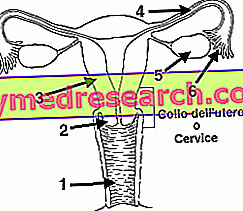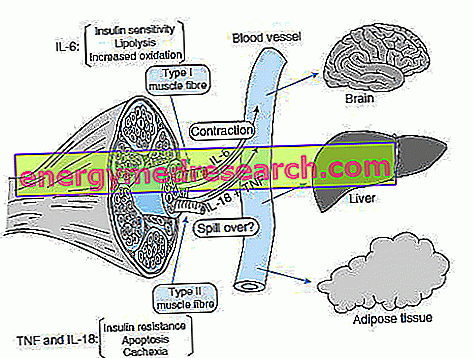Generality
The stool test consists of the analysis of a fecal sample collected by the patient in the manner prescribed by the doctor. This examination includes macroscopic assessments (appearance, color, odor, consistency), chemical (pH, fatty acids, blood and other contents) and microbiological (coproculture and parasite research).
When you run

Sample Collection
Regarding the importance of the collection methods, generally the fecal sample must be: free from contamination of urine, menstrual blood or water from the toilet, collected after anal hygiene with warm water (without disinfectants) using the appropriate spatula, placed in a sterile container that can be purchased in the pharmacy or supplied directly by the laboratory, then refrigerated immediately after collection.
Insights
Stool exams and stool characteristics
Feces: general characteristics Feces of the newborn Faeces in the fecesFound in the fecesSteatorreaCoprocoltureFecium form and consistencyFeci stool color Feces blood Faecal occult blood Faeces smell Escherichia coli SalmonellaShippi in faecesTypiin and stoolFecal elastase-1



